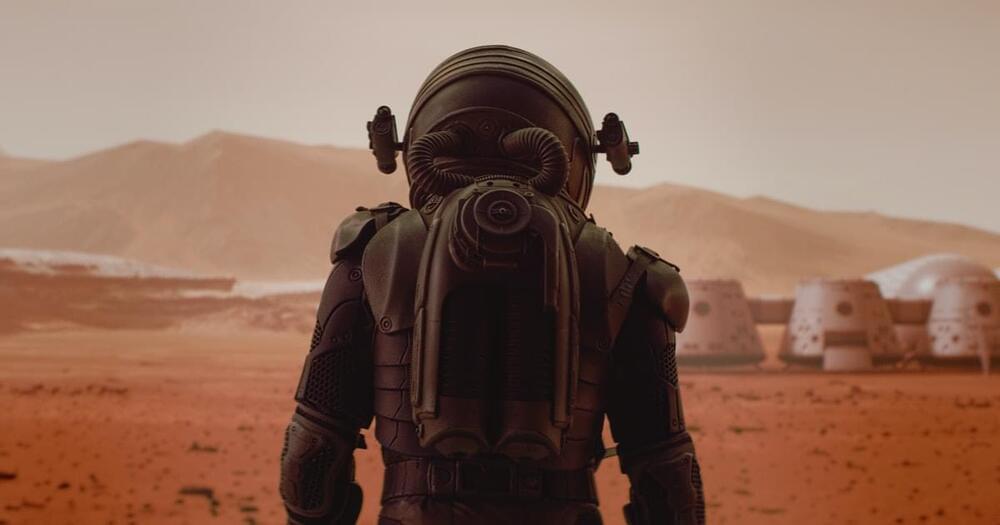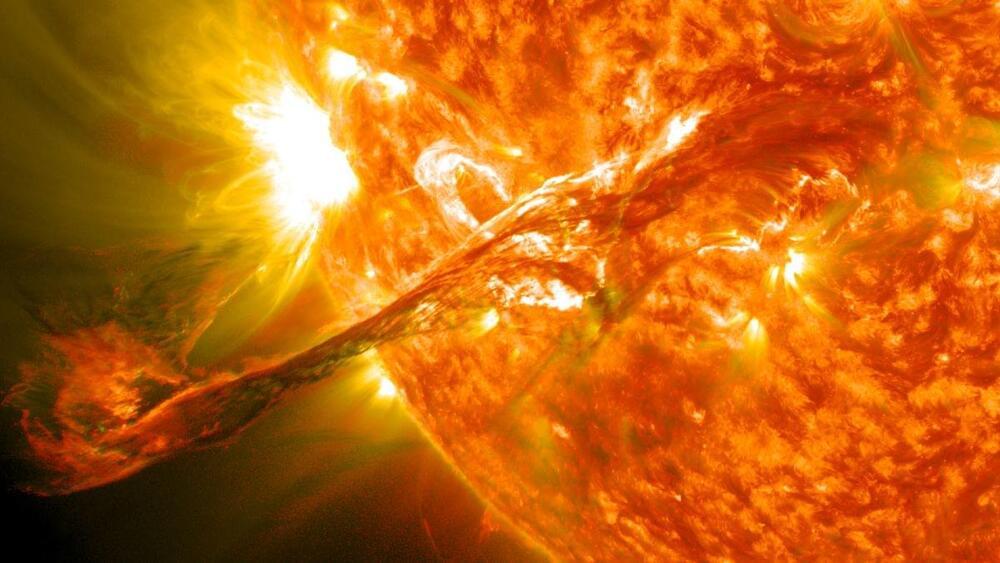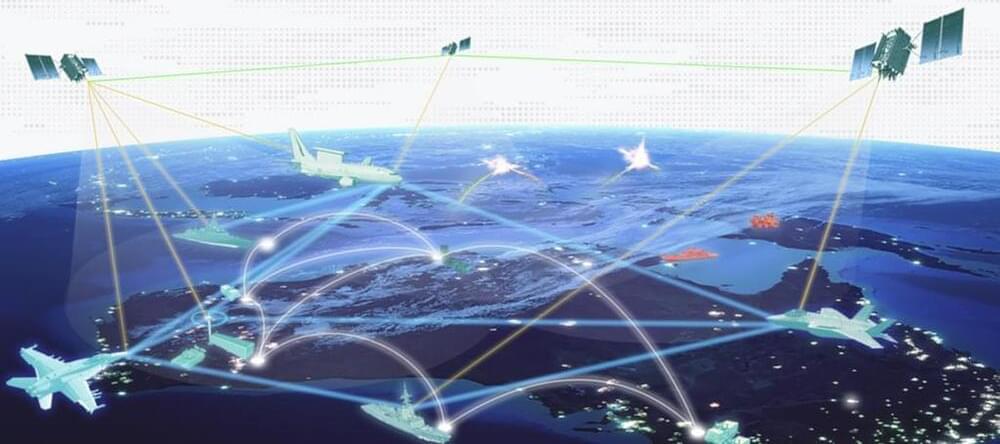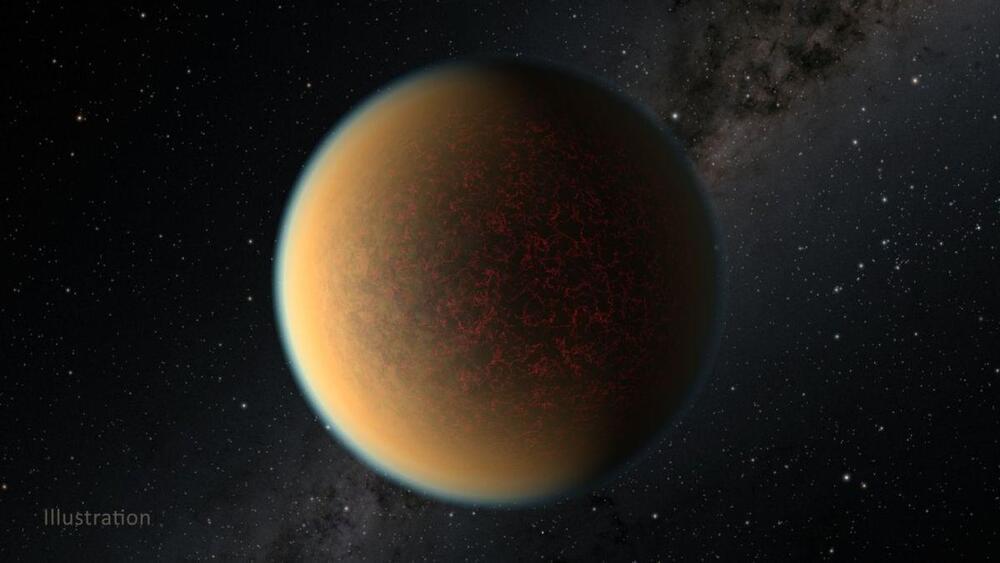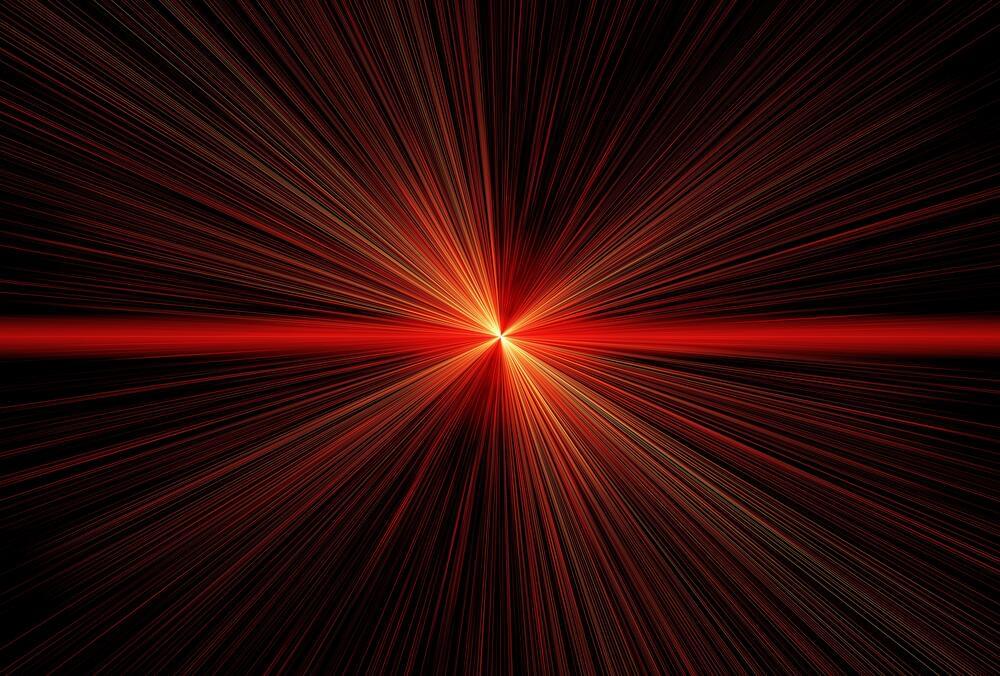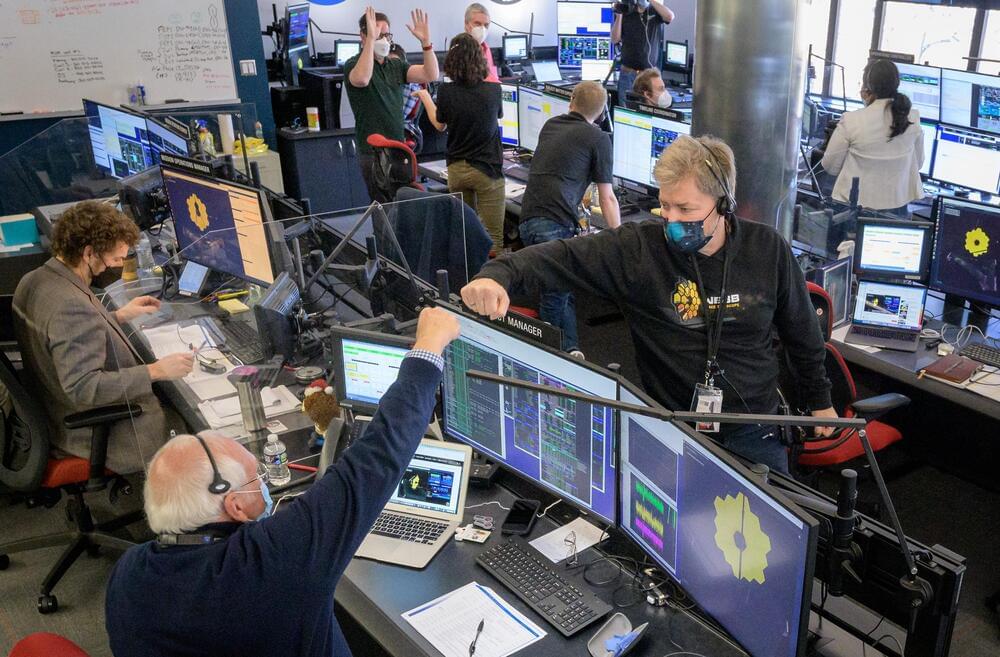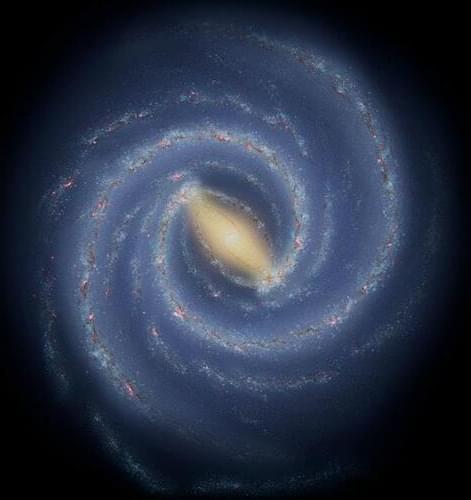HB11 is approaching nuclear fusion from an entirely new angle, using high power, high precision lasers instead of hundred-million-degree temperatures to start the reaction. Its first demo has produced 10 times more fusion reactions than expected, and the company says it’s now “the only commercial entity to achieve fusion so far,” making it “the global frontrunner in the race to commercialize the holy grail of clean energy.”
We’ve covered Australian company HB11’s hydrogen-boron laser fusion innovations before in detail, but it’s worth briefly summarizing what makes this company so different from the rest of the field. In order to smash atoms together hard enough to make them fuse together and form a new element, you need to overcome the incredibly strong repulsive forces that push two positively-charged nuclei apart. It’s like throwing powerful magnets at each other in space, hoping to smash two north poles together instead of having them just dance out of each other’s way.
The Sun accomplishes this by having a huge amount of hydrogen atoms packed into a plasma that’s superheated to tens of millions of degrees at its core. Heat is a measure of kinetic energy – how fast a group of atoms or molecules are moving or vibrating. At these temperatures, the hydrogen atoms are moving so fast that they smack into each other and fuse, releasing the energy that warms our planet.

